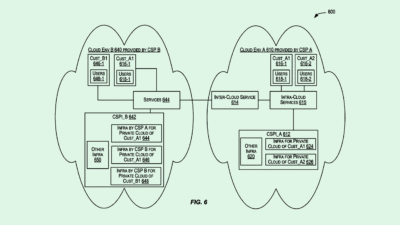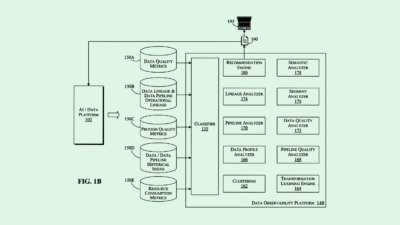How the ‘Bot Epidemic’ Threatens Enterprise Security
Non-human identities often slip past security guardrails by mimicking human users.

Sign up to get cutting-edge insights and deep dives into innovation and technology trends impacting CIOs and IT leaders.
After decades of working to deploy effective human identity cybersecurity, organizations now face a bigger problem: Non-human identities.
Driven by digital transformation, AI, agents and automated workspaces, non-human identities, commonly known as bots, outnumber human online activity by as much as 100 to one, according to GitGuardian.
Non-human identities can include anything from credential-stuffing bots to click-fraud, fake form-filling, and advanced AI agents APIs. When leveraged by cybercriminals, these bots can pose major risks, such as recent breaches of the US Treasury Department and The New York Times.
Even for smaller businesses, 30% to 50% of traffic can be non-human, said Steve Zisk, senior product marketing manager of Redpoint Global. In some sectors, the ratio is even higher.
Non-human identities often slip by security guardrails, mimicking human users by using evasion techniques such as residential proxies to blend their traffic with human activity. Key risks they pose are security and signal contamination, Zisk said:
- From a security standpoint, bots are often reconnaissance tools looking for vulnerabilities in login portals, APIs, or checkout flows.
- The subtler threat is data distortion. Marketing teams use engagement metrics to power segmentation, and AI models and bots polluting that data can lead to poor decision-making, inaccurate personalization, and a degradation of trust in business systems.
“The Internet was built with humans in mind; thus, this can create a lot of security vulnerabilities when over half of all traffic [according to the 2025 Imperva Bad Bot Report] is now automated,” said IEEE Senior Member Shaila Rana. “This bot epidemic creates significant operational challenges.”
Beyond cybercriminal activity, non-human identities strain infrastructure through massive volumes of automated requests, skewed analytics and business intelligence data, increased bandwidth costs, and degraded user experience due to server overload.
Enterprises can tackle the challenge through a proactive approach to differentiate between legitimate and malicious automated traffic in real-time, Rana said.
To curb the risks, companies should implement AI-driven bot protection that adapts to evolving threats, establish rate-limiting and traffic-throttling mechanisms, and build scalable infrastructure that can handle traffic spikes. Regular stress testing, chaos engineering, and deploying automated failover systems are essential for maintaining uptime during bot-driven traffic surges, Rana added.
As AI and online bots continue to proliferate, regular security assessments that focus on bot detection and API vulnerabilities need to become standard practice, Rana said.
“CIOs should implement comprehensive bot-protection solutions, secure APIs with proper authentication and monitoring, deploy MFA to prevent account takeovers, and establish continuous monitoring for unusual traffic patterns,” Rana said.











